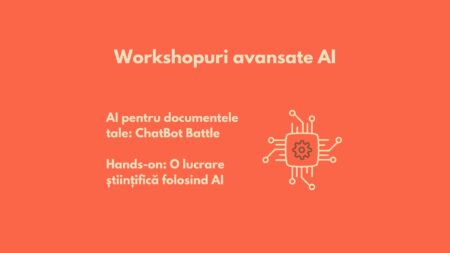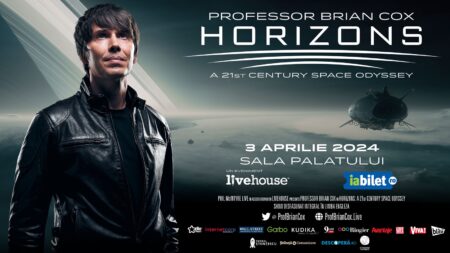I recently held a workshop for PhD students in which we discussed how to make 'others' - from grandmother to friends - understand what you are researching in your PhD. It was called "Presenting the PhD in a way that others can understand"
One of the topics was to structure a popular science presentation in such a way as to captivate and explain things as well as possible to a non-specialist audience.
I have presented three types of structure and will present them in turn in the coming days

The Solution: The "solution" presentation predictably starts with explaining or discussing the "problem". In order to captivate the audience, it is preferable that the problem is one that they themselves face or at least can resonate with people who have the problem. After bringing the problem before the audience and emotionally transferring it into an area where they would like to see it solved, the speaker delivers the "solution" they either found or hope to find in their investigation.
This is one of the most common structures for science-related presentations to non-specialist audiences, because it follows exactly the intimate structure of the research process: first you start from the problem or an unknown and look for an answer or a solution.
What does it look like in practice?
Issue:
After decades of research and billions of dollars spent on clinical trials, we still have problems administering cancer medication. Patients still get chemotherapy, which is so non-specific that even if it kills cancer cells, it pretty much kills the rest of your body too. And, yes, we've developed more selective drugs, but getting them to the tumor is still a challenge, and they end up accumulating in other organs or passing into the urine, which is a real waste. Fields like mine have emerged that try to encapsulate drugs to protect them on their journey through the body. But these changes lead to problems that require other changes to solve.
Solution:
I mean we need a better system of medication administration. And I propose: rather than just using human projects, why not use nature?
CategoriesUncategorised




